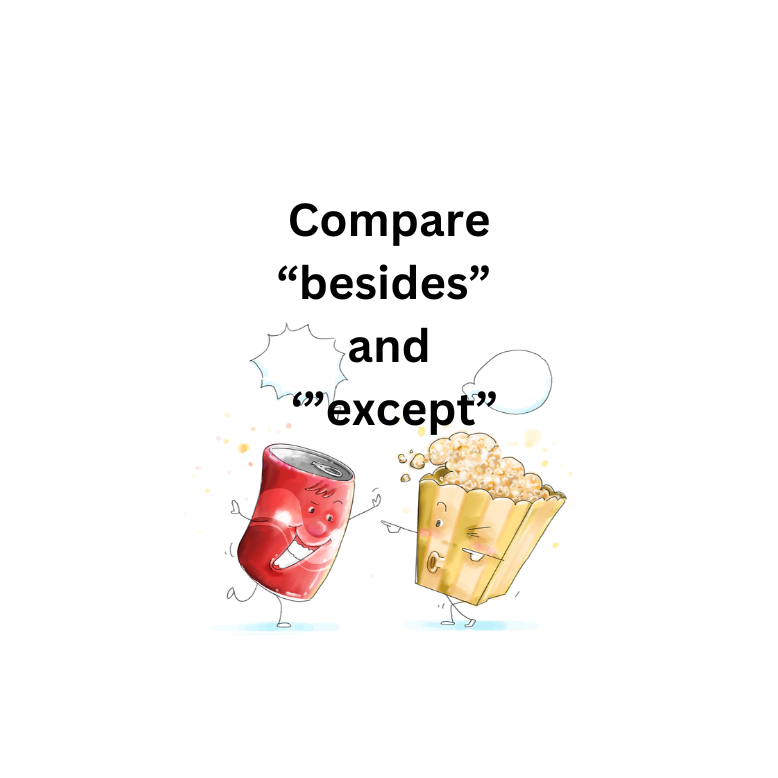Tag: other

Adverb Exercises
Adverbs are versatile words that modify verbs, adjectives, or other adverbs, providing more information about how, when, where, or to what extent an action is performed. Adverbs can appear in various positions within a sentence, depending on the emphasis or context. They often come before or after the verb they modify, but they can also be found at the beginning or end of a sentence.

Pronoun Exercises
Pronouns are words that substitute nouns in sentences to avoid repetition or add clarity. They come in various types, each serving a specific function:

Preposition – “From”
Preposition from refers to the source of action from something or someone: The preposition from is used to indicate the direction of action, often answering the questions from where? and from whom?

Comparison of prepositions “Besides” and “Except”
Besides and except are both prepositions used to indicate exclusion or exceptions, but they are used slightly differently and convey different nuances. besides typically suggests the inclusion of additional items or options, while except is used to indicate exclusions or exceptions. Both prepositions serve to clarify or modify the information in a sentence, but their specific meanings and usage contexts can differ.

Preposition – “Among (Amongst)”
Preposition “Among” with the meaning – situated more in less in relation to several other things: The preposition among, when used to indicate something is situated more or less in relation to several other things, implies that the subject is part of a group or surrounded by other elements. Here are some examples: The red rose stood out among the white ones in the garden. (In this sentence, the red rose is situated within a group of white roses.)